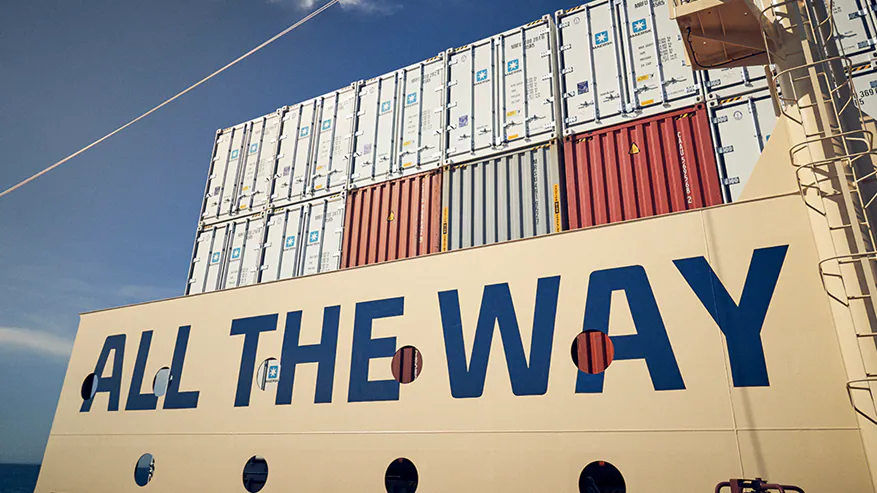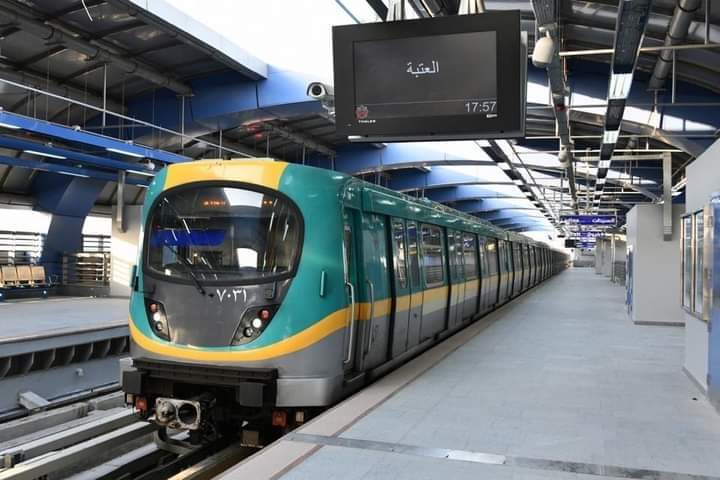Signia by Hilton debuts flagship downtown Atlanta hotel
Atlanta, Georgia – Hilton Worldwide Holdings Inc. (NYSE: HLT) announced the highly anticipated opening of the 976-room Signia by Hilton Atlanta, marking the first new build and Georgia hotel for the Signia by Hilton brand, and…




